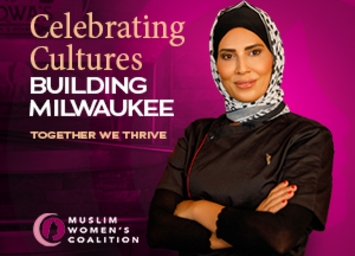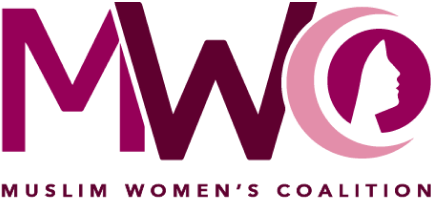Wisconsin premier Muslim film festival
Producing 100 feature stories an year
Over 100 speaking engagements
More than 80 families supported every year
Empowering local Muslim youth
Owning Our Narrative
The Islamic Resource Center lending library, Wisconsin Muslim Journal and the Milwaukee Muslim Film Festival are some of the ways we are owning our narrative.
Celebrating 27 years of advocating for justice, celebrating diversity, and promoting understanding!
New At Our Library
There are always new arrivals at the IRC library. Stop in today and see what's new on our shelves...just for you!
Translation of the meanings of Sahih Al-Bukhari : Arabic-English / Dr. Muhammad Muhsin Khan, translator. Volume 9.
Translation of the meanings of Sahih Al-Bukhari : Arabic-English / Dr. Muhammad Muhsin Khan, translator. Volume 8.
Translation of the meanings of Sahih Al-Bukhari : Arabic-English / Dr. Muhammad Muhsin Khan, translator. Volume 7.
Translation of the meanings of Sahih Al-Bukhari : Arabic-English / Dr. Muhammad Muhsin Khan, translator. Volume 6.
Translation of the meanings of Sahih Al-Bukhari : Arabic-English / Dr. Muhammad Muhsin Khan, translator. Volume 5.
Translation of the meanings of Sahih Al-Bukhari : Arabic-English / Dr. Muhammad Muhsin Khan, translator. Volume 4.
Upcoming Events
We lead a highly sought-after Speaker's Bureau, educating the public on Islam, Muslims, and relevant issues, while also offering health programs and book clubs.
Family Movie & Popcorn Day
Saturday, January 24 | 2:00 - 3:40pm | Islamic Resource Center 5235 S. 27th Street, Greenfield, WI 53221
Tatreez Workshops: Sisters Sip & Stitch
Every Friday | Islamic Resource Center 5235 S. 27th Street, Greenfield, WI 53221
Rohingya Girls Group: Bloom Beyond Borders
October 18 Through May 9 | Islamic Resource Center 5235 S. 27th Street, Greenfield, WI 53221
Girls Just Wanna...Read Books!
Every 2nd Monday of a Month | Islamic Resource Center 5235 S. 27th Street, Greenfield, WI 53221
Educating Our Neighbors
We lead a highly sought-after Speaker’s Bureau, educating the public on Islam, Muslims, and relevant issues, while also offering health programs and book clubs.
News & Media Coverage
2024
 Posted January 16, 2026
Posted January 16, 2026Connecting Hearts, Strengthening Communities Campaign
Empowering Our Families
We educate the public on relevant issues while also offering health programs and book clubs.
Understanding Islam
Islam's teachings are far from foreign and hold significant relevance in our shared humanity.
Get Involved
Events
Join us for enriching gatherings where we foster connections and empower one another
Donate
Your support drives our mission forward. Partner with us today to make a lasting impact!
Volunteer
Join our dynamic team be part of making our events and programs a success.
Connect With Us
Be alerted to all events, workshops and programs.


